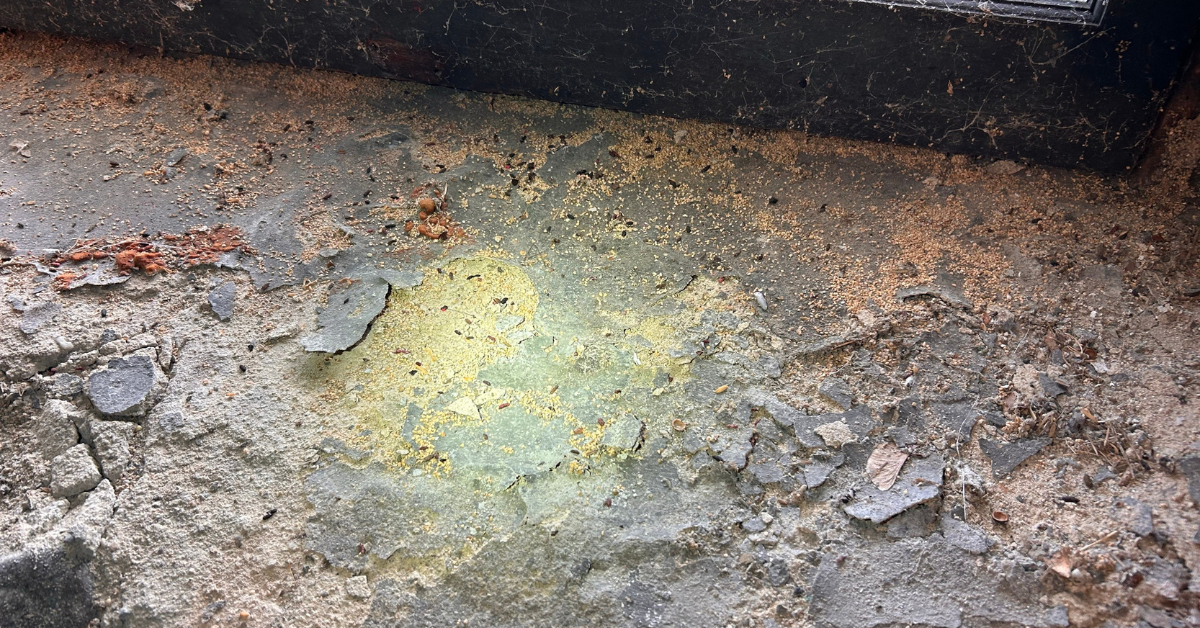Yellow Jackets During the Late Summer
In most towns throughout the Capital Region, yellow jacket nests are at their maximum size and maximum level of obnoxiousness. Around this time of year, next year’s reproductive are developing inside the nest but larval development is coming to a halt. Now that yellow jacket workers no longer have to worry about collecting insects to feed to developing larvae, they are instead randomly foraging for themselves. Instead of protein foods that they sought earlier in the summer, they are now also searching for sugary foods to feed their own sweet tooth. The late summer change of diet brings them into closet contact with people as they aggressively visiting hummingbird feeders, soda cans, and our picnic lunches. They’re more likely to sting, too.
What do yellow jackets look like?
Yellow jackets are often mistaken for bees, but they are actually a type of wasp. They are also smaller than bees and much more aggressive. Yellow jackets are black with distinctive yellow markings; they typically establish nests in the ground and are very social. In fact, they may live in colonies with thousands of members.
Will yellow jacket nests die off with colder weather?
In the fall, the workers and the old queen die, the new queens and newly produced males leave the nest and mate. These males soon die, too, leaving only a few newly fertilized queens to spend the winter. In the northern states like New York, nests begin declining in July or August, but can remain active through September. Nest will stay active longer with an increase in seasonal temperatures. When yellow jackets are nesting in the production of a building void, nests can remain alive into December. When they leave the dying nest in the fall, next year’s queens usually don’t go far when looking for a wintering site.
Will yellow jackets return to the same nest next year?
While yellow jackets don’t reuse their old nests, overwintering yellow jacket queens do sometimes end up starting a new nest in the same area due to the conditions that may be favorable for nesting. If a customer has had a lot of yellow jacket nest this summer, they may be in for the same thing next summer unless the nests and queens are destroyed. If you are having a problem now, you may want to consider an exterior pest control service next year like our exterior pest guard service.
The sooner you can eliminate a growing yellow jacket colony, the better. A smaller colony will be easier to kill, but by midsummer, that nest can have up to 4,000 workers that will be foraging and annoying anyone nearby. Contact Thomas Pest Services if you need help getting rid of yellow jackets. We offer stinging insect protection for the Capital District and Adirondack region. Our experts will eliminate yellow jackets from your home and offer solutions to prevent future problems with yellow jackets and other stinging insects.


.png)
.png)
